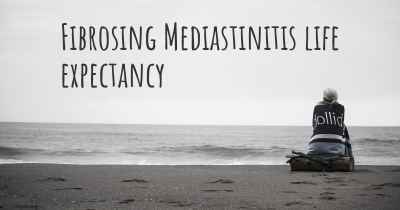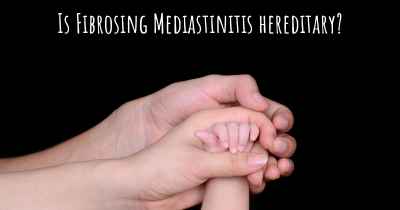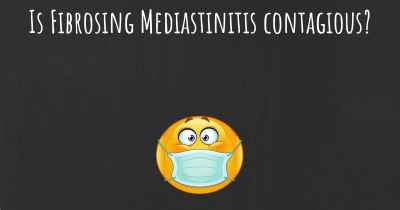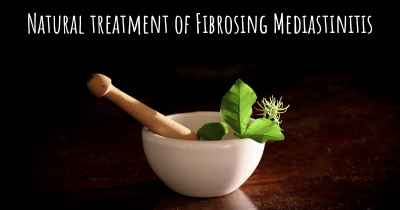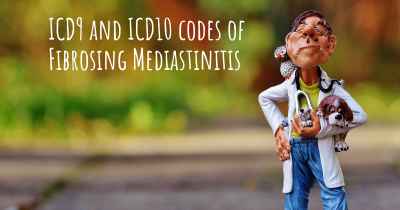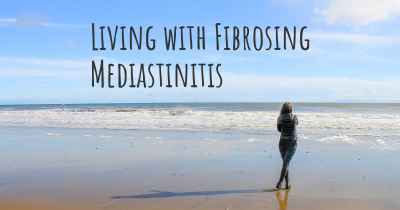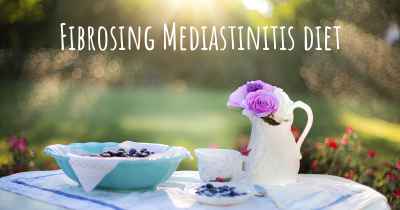Is it advisable to do exercise when affected by Fibrosing Mediastinitis? Which activities would you suggest and how intense should they be?
See if it is advisable for people with Fibrosing Mediastinitis to practice sports and which ones are the most recommended if you have Fibrosing Mediastinitis
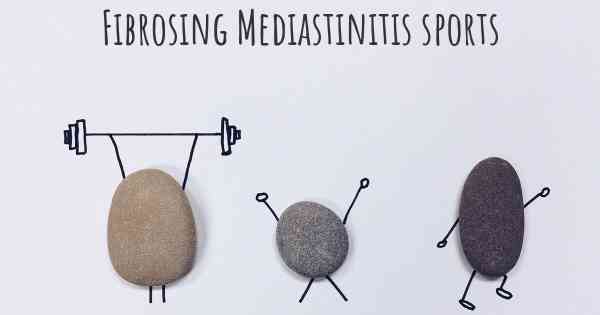
Fibrosing Mediastinitis is a rare condition characterized by the excessive growth of fibrous tissue in the mediastinum, the area between the lungs. This can lead to compression of vital structures such as the heart, blood vessels, and airways, causing symptoms like chest pain, shortness of breath, and coughing. Given the potential complications and limitations associated with this condition, it is crucial to approach exercise with caution and seek guidance from a healthcare professional.
Consultation with a healthcare professional:
Before starting any exercise program, it is essential to consult with a healthcare professional who is familiar with your medical history and the specifics of your condition. They can provide personalized advice and guidance based on your individual circumstances.
Benefits of exercise:
Engaging in regular physical activity can have numerous benefits for overall health and well-being. Exercise can help improve cardiovascular fitness, strengthen muscles, enhance lung function, boost mood, and increase energy levels. However, in the case of Fibrosing Mediastinitis, the extent to which exercise can be beneficial may vary depending on the severity and progression of the condition.
Types of exercise:
The choice of exercise should be based on individual capabilities, symptoms, and limitations. Low-impact activities that minimize strain on the chest and lungs are generally recommended. Some suitable options may include:
- Walking: Walking is a low-impact exercise that can be easily tailored to individual fitness levels. Start with shorter durations and gradually increase the distance and intensity as tolerated.
- Swimming: Swimming is an excellent choice as it provides a full-body workout without putting excessive stress on the chest. The buoyancy of water can also help alleviate joint pain and reduce impact on the body.
- Cycling: Cycling, whether outdoors or on a stationary bike, is a low-impact exercise that can be adjusted to individual fitness levels. It helps improve cardiovascular fitness and leg strength.
- Yoga or Pilates: These activities focus on flexibility, balance, and core strength. They can be modified to accommodate individual needs and limitations.
Exercise intensity:
The intensity of exercise should be determined in consultation with a healthcare professional. It is important to start slowly and gradually increase the intensity as tolerated. Monitoring heart rate and perceived exertion can be helpful in ensuring that exercise remains within a safe range. If symptoms such as chest pain, shortness of breath, or dizziness occur during exercise, it is crucial to stop and seek medical attention.
Precautions and considerations:
While exercise can be beneficial, it is important to be mindful of certain precautions and considerations:
- Avoid overexertion: Pushing beyond one's limits can lead to increased symptoms and potential complications. It is important to listen to the body and not exceed its capabilities.
- Monitor symptoms: Pay close attention to any changes in symptoms during or after exercise. If symptoms worsen or persist, it is important to consult with a healthcare professional.
- Modify activities: Certain exercises or movements may exacerbate symptoms or put excessive strain on the chest. Modify or avoid such activities to prevent complications.
- Stay hydrated: Proper hydration is essential during exercise to maintain optimal body function and prevent additional strain on the body.
- Consider pulmonary rehabilitation: Pulmonary rehabilitation programs, supervised by healthcare professionals, can provide tailored exercise programs and education to improve lung function and overall well-being.
Conclusion:
In summary, while exercise can have numerous benefits, it is important to approach it with caution when affected by Fibrosing Mediastinitis. Consulting with a healthcare professional is crucial to determine the most suitable types of exercise and intensity based on individual circumstances. Low-impact activities such as walking, swimming, cycling, and yoga can be beneficial, but it is important to start slowly and listen to the body's limitations. Monitoring symptoms and seeking medical attention if necessary are essential to ensure safety and well-being during exercise.
Posted Mar 17, 2018 by Sharon 4460
